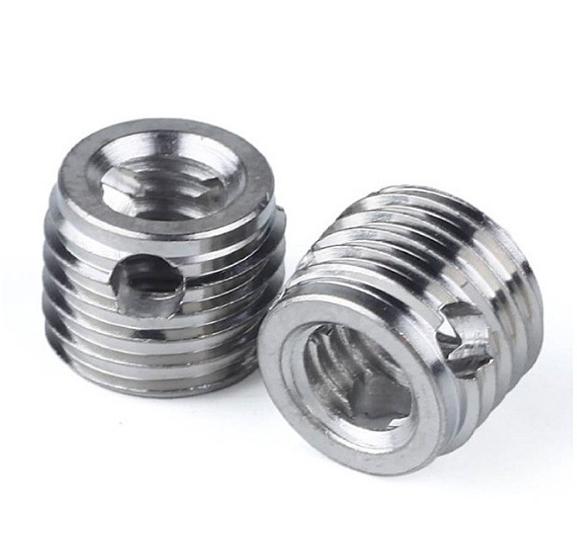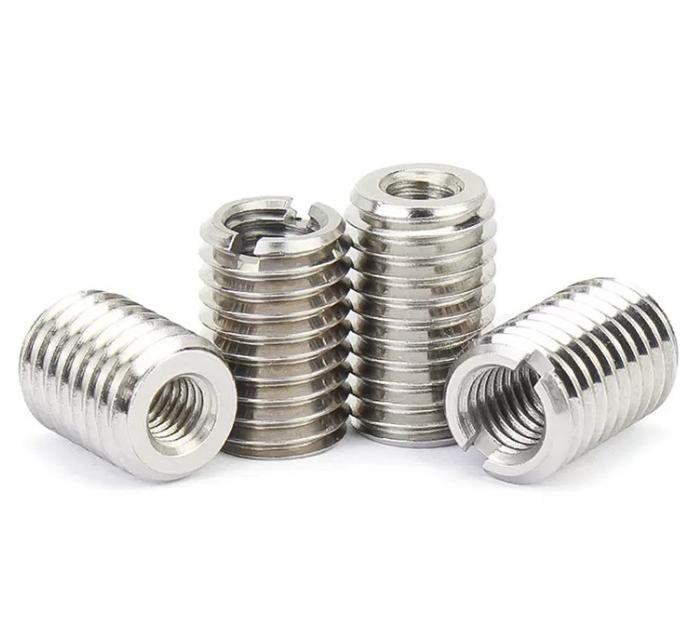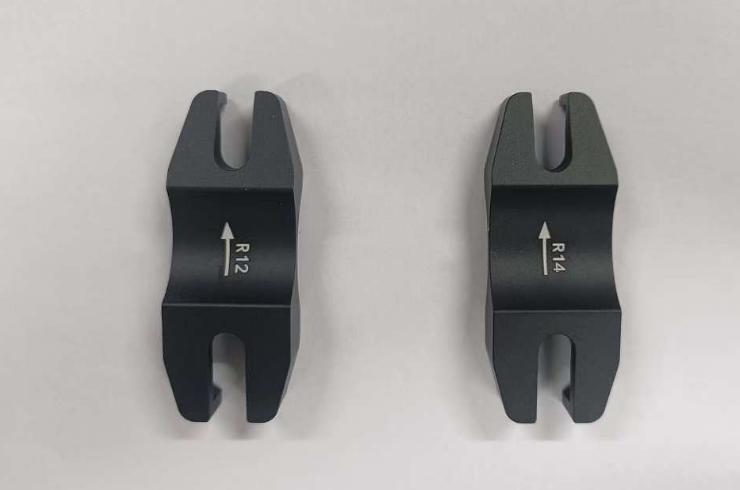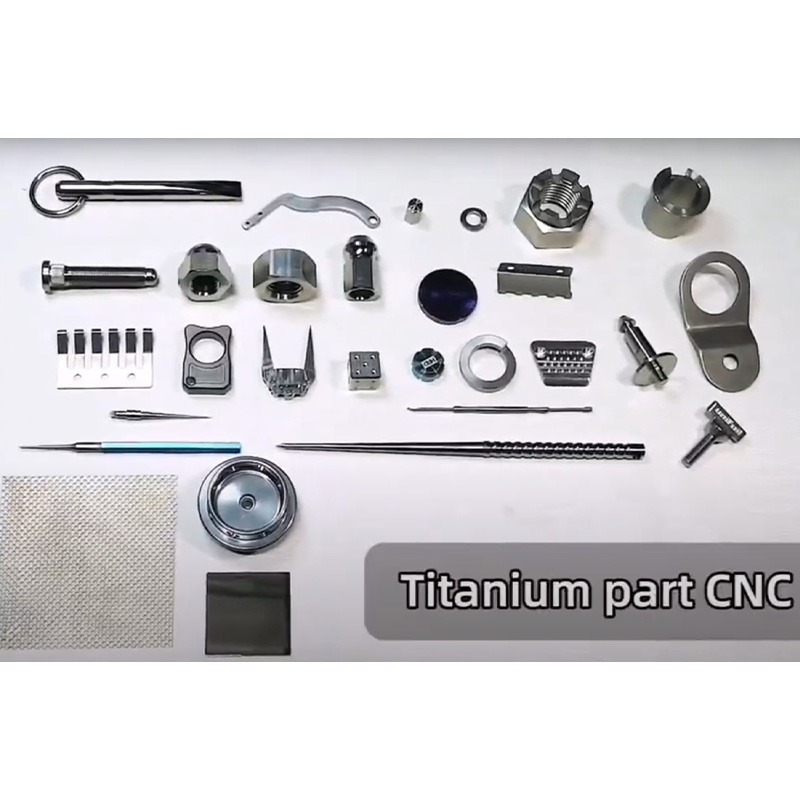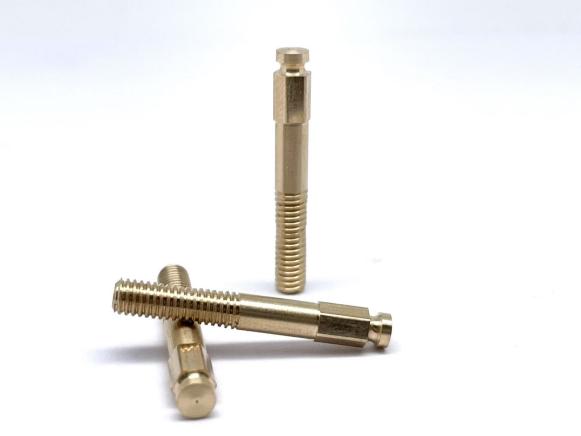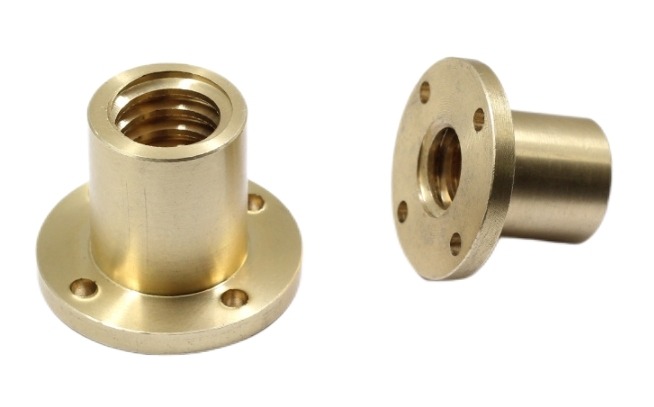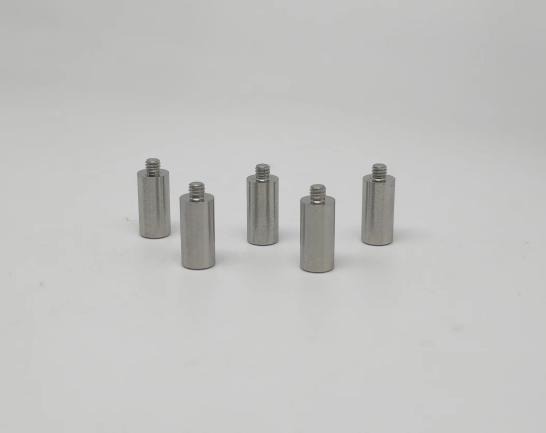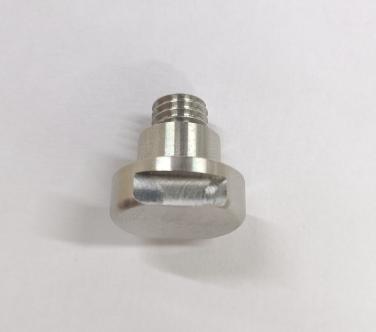Surface Treatments for Metal Stamping Dies: Common Techniques and Innovations
The surface quality and integrity of metal stamping dies directly impact the efficiency, precision, and longevity of the stamping process. In this article, we delve into the significance of surface treatments for metal stamping dies, exploring common techniques employed in surface treatments and innovative techniques to enhance the performance and durability of stamping dies.
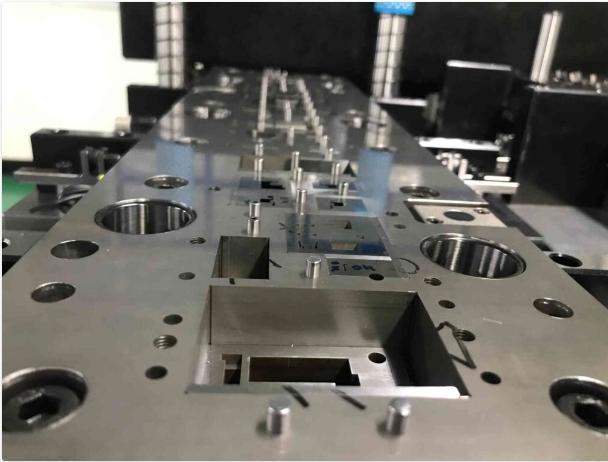
The Importance of Surface Treatments for Metal Stamping Dies
Metal stamping dies are indispensable tools in the manufacturing industry, forming a wide range of metal components used in a variety of sectors. However, surface treatments are essential for ensuring optimal performance and longevity.
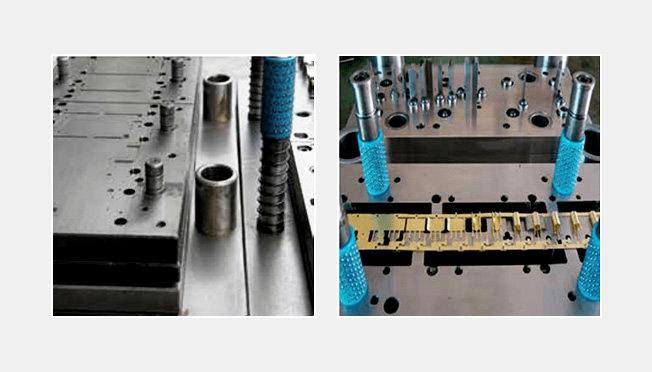
1. Enhanced Wear Resistance
Metal stamping dies are subjected to high mechanical loads and frictional forces while stamping. Over time, these variables might cause wear and damage to the die surface. Surface treatments such as heat treatment and coatings are used to improve the hardness and wear resistance of the die surface, reducing wear and extending the life of the dies. Enhanced wear resistance ensures consistent and precise stamping operations, resulting in high-quality stamped components.
2. Improved Corrosion Resistance
Metal stamping dies are frequently exposed to corrosive conditions, which can cause corrosion and damage to the die surface. Corrosion can impair the dimensional accuracy and operation of the dies, resulting in costly repairs and downtime. Surface treatments such as corrosion-resistant coatings and passivation are used to protect the die surface from corrosive substances, ensuring its integrity and increasing its service life. Improved corrosion resistance assures the dependability and endurance of metal stamping dies, even under demanding working circumstances.
3. Reduced Friction and Adhesion
Friction and adhesion between the metal stamping die and the workpiece can negatively impact the metal stamping process, leading to surface defects and dimensional inaccuracies in the stamped components. Surface treatments such as lubricious coatings and surface modification techniques are applied to reduce friction and adhesion between the die and the workpiece. By minimizing friction and adhesion, these treatments improve the flow of material during the stamping process, resulting in smoother operations and higher-quality stamped parts.
4. Enhanced Thermal Stability
Metal stamping dies are often exposed to high temperatures during the stamping process, which can lead to thermal distortion and degradation of the die surface. Surface treatments such as heat treatment and thermal barrier coatings are employed to improve the thermal stability of the die surface, thus minimizing thermal distortion and prolonging the life of the dies. Enhanced thermal stability ensures consistent performance of metal stamping dies, even under extreme temperature conditions.
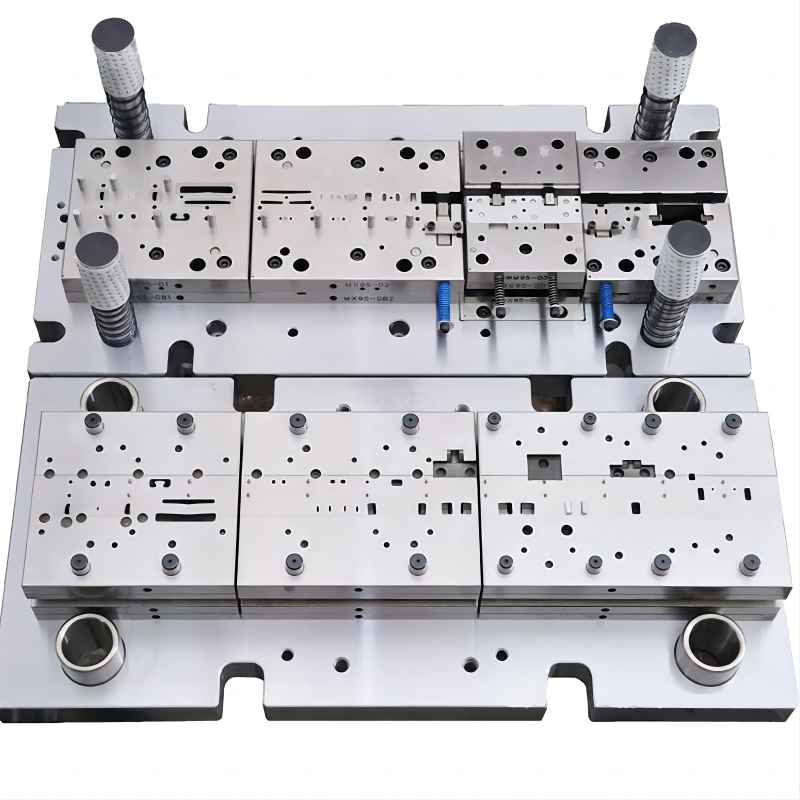
Common Surface Treatment Techniques Applied to Metal Stamping Dies
1. Heat Treatment
Heat treatment processes involve subjecting metal stamping dies to controlled heating and cooling cycles to alter their microstructure and improve mechanical properties. Common heat treatment methods include:
- Carburizing: Introducing carbon into the surface layer of the die to increase hardness and wear resistance.
- Nitriding: Reacting the die surface with nitrogen to form a hard nitride layer, enhancing wear resistance and fatigue strength.
- Induction Hardening: Using high-frequency induction heating to selectively harden specific areas of the die surface, improving wear resistance and durability.
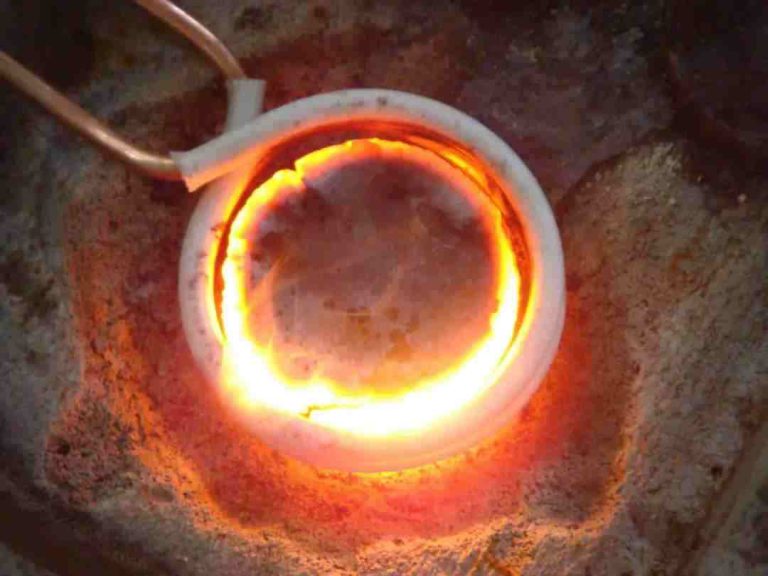
2. Coating Technologies
Coatings are applied to the surface of metal stamping dies to enhance their performance and protect against wear, corrosion, and friction. Some commonly used coating technologies include:
- Physical Vapor Deposition (PVD): Depositing thin layers of coating materials onto the die surface using a vacuum process. Coatings like titanium nitride (TiN), chromium nitride (CrN), and diamond-like carbon (DLC) are often utilized for their excellent wear resistance and low friction properties.
- Chemical Vapor Deposition (CVD): Depositing thin films of coating materials onto the die surface through chemical reactions in a high-temperature environment. CVD coatings offer enhanced hardness, wear resistance, and chemical stability.
- Thermal Spray Techniques: Spraying molten or powdered coating materials onto the die surface using thermal energy. Thermal spray coatings provide excellent wear resistance, corrosion protection, and thermal insulation properties.
3. Surface Modification
Surface modification techniques are employed to alter the surface properties of metal stamping dies without changing their bulk composition. These techniques include:
- Shot Peening: Bombarding the die surface with small spherical particles (shots) to induce compressive residual stresses, thereby improving fatigue resistance and reducing the risk of crack initiation.
- Laser Surface Texturing: Using laser technology to create micro-scale patterns or textures on the die surface, which can enhance lubricant retention, reduce friction, and improve wear resistance during the stamping process.
4. Corrosion Protection
Metal stamping dies are often exposed to corrosive environments, which can compromise their performance and longevity. Corrosion protection techniques are employed to mitigate the effects of corrosion and prolong the lifespan of the dies. Common corrosion protection methods include:
- Passivation: Treating the die surface with chemicals to remove contaminants and create a passive oxide layer that provides corrosion resistance.
- Anodizing: Electrochemically enhancing the thickness and durability of the natural oxide layer on the die surface to improve corrosion resistance.
- Electroplating: Depositing a layer of corrosion-resistant metal (such as chromium or nickel) onto the die surface through electrolysis to provide enhanced protection against corrosion.
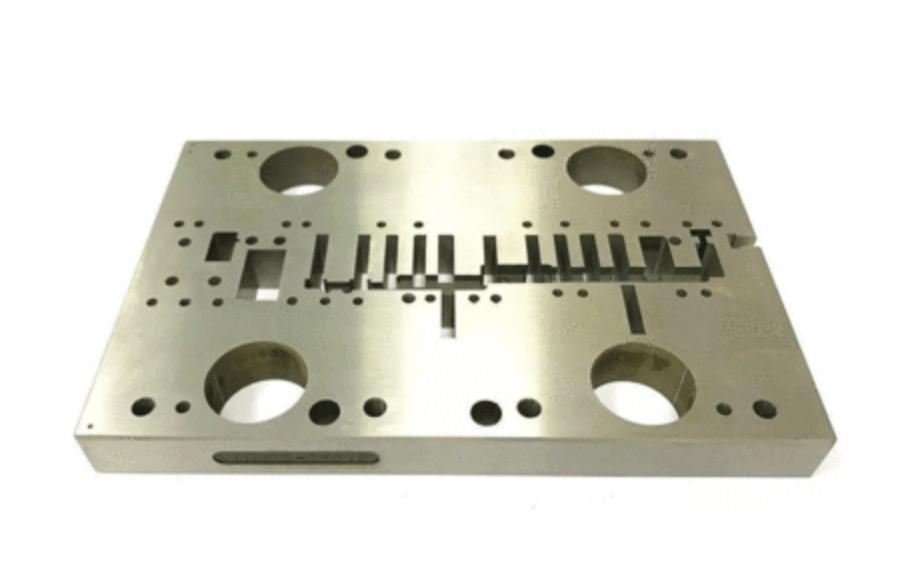
Innovations in Surface Treatment Techniques for Metal Stamping Dies
1. Nanotechnology-Based Coatings
Advancements in nanotechnology have led to the development of nanocomposite coatings for metal stamping dies. These coatings utilize nanoparticles to create thin films with enhanced properties such as exceptional hardness, wear resistance, and corrosion protection. Nanocomposite coatings offer superior performance compared to traditional coatings, providing improved durability and longevity to metal stamping dies.
2. Plasma Nitriding
Plasma nitriding is an innovative surface treatment technique in stamping process that involves bombarding the surface of metal stamping dies with ionized nitrogen plasma. This process creates a hard nitride layer on the die surface, significantly increasing its hardness, wear resistance, and fatigue strength. Plasma nitriding offers several advantages over conventional nitriding methods, including shorter processing times, improved uniformity, and better control over the nitrided layer’s properties.
3. Laser Surface Engineering
Laser surface engineering in stamping process is a cutting-edge technique that utilizes high-energy laser beams to modify the surface properties of metal stamping dies. This technique allows for precise control over the surface composition, microstructure, and topography, leading to tailored surface properties such as enhanced wear resistance, reduced friction, and improved corrosion protection. Laser surface engineering enables customization of surface properties to meet specific application requirements, offering unparalleled flexibility and performance.
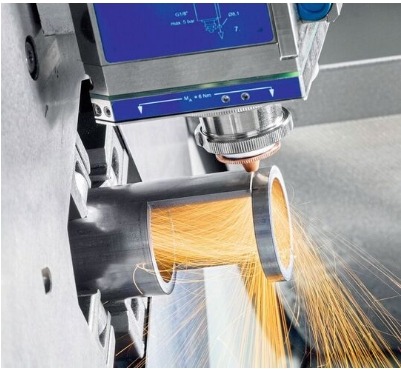
4. Self-Healing Coatings
Self-healing coatings represent a groundbreaking innovation in surface treatment technology for metal stamping dies. These coatings contain microcapsules filled with healing agents that are released when the coating is damaged, effectively repairing surface defects and extending the life of the die. Self-healing coatings offer enhanced durability and reliability, reducing maintenance costs and downtime associated with die repair and replacement.
5. Plasma-Based Surface Modification
Plasma-based surface modification techniques, such as plasma immersion ion implantation and plasma-assisted chemical vapor deposition, provide unique methods for improving the surface properties of metal stamping dies. These techniques utilize plasma energy to modify the surface chemistry, structure, and morphology of the die surface, resulting in improved hardness, wear resistance, and adhesion properties. Plasma-based surface modification techniques offer high precision, scalability, and versatility, making them ideal for a wide range of applications in metal stamping die manufacturing.
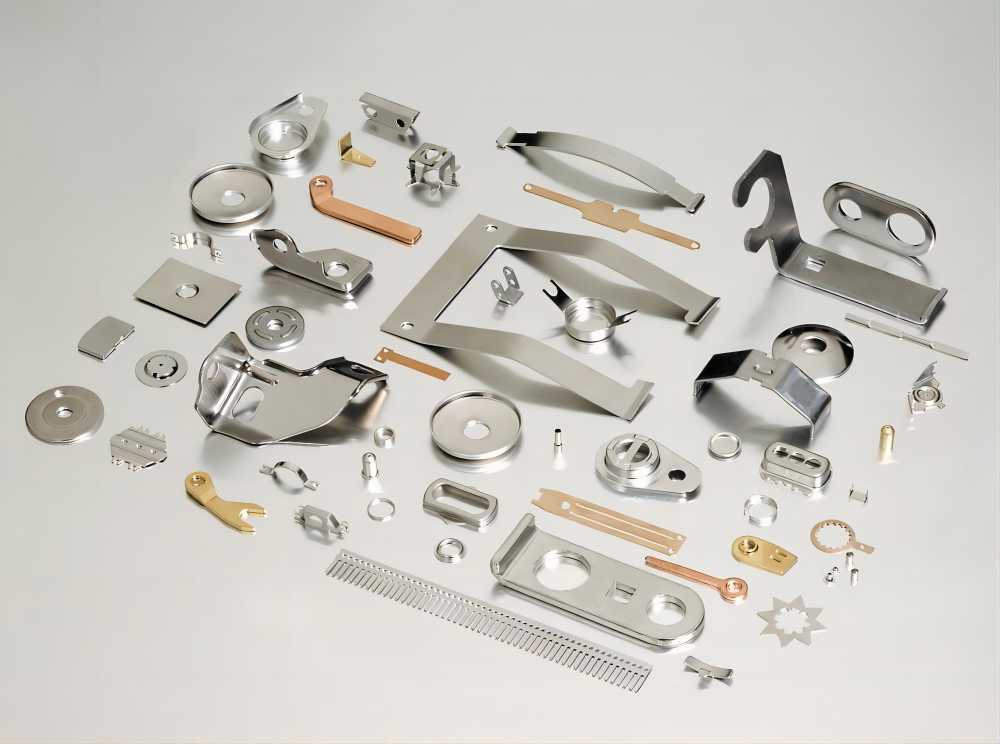
Conclusion
Surface treatments play a crucial role in optimizing the performance, durability, and reliability of metal stamping dies in various industrial applications. By employing advanced techniques, manufacturers can optimize the stamping process, minimize downtime, and ensure consistent production of high-quality metal stamping components. Through innovative surface treatment techniques, manufacturers can stay at the forefront of metal stamping die technology and meet the evolving demands of the modern manufacturing industry.

